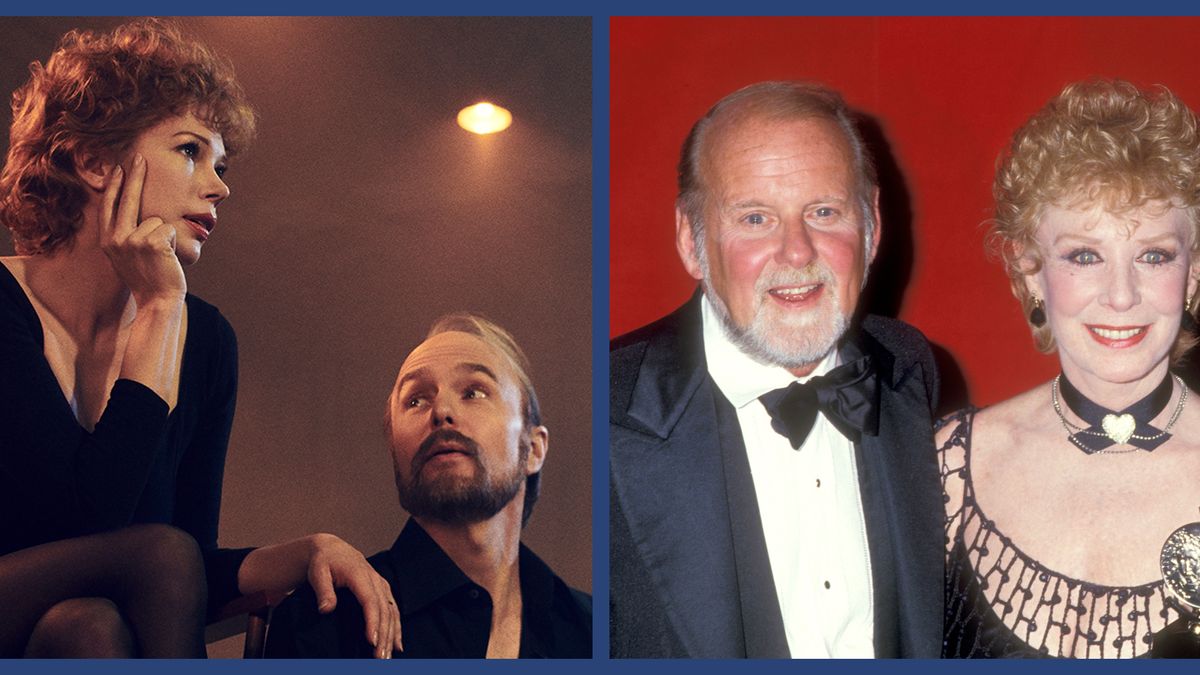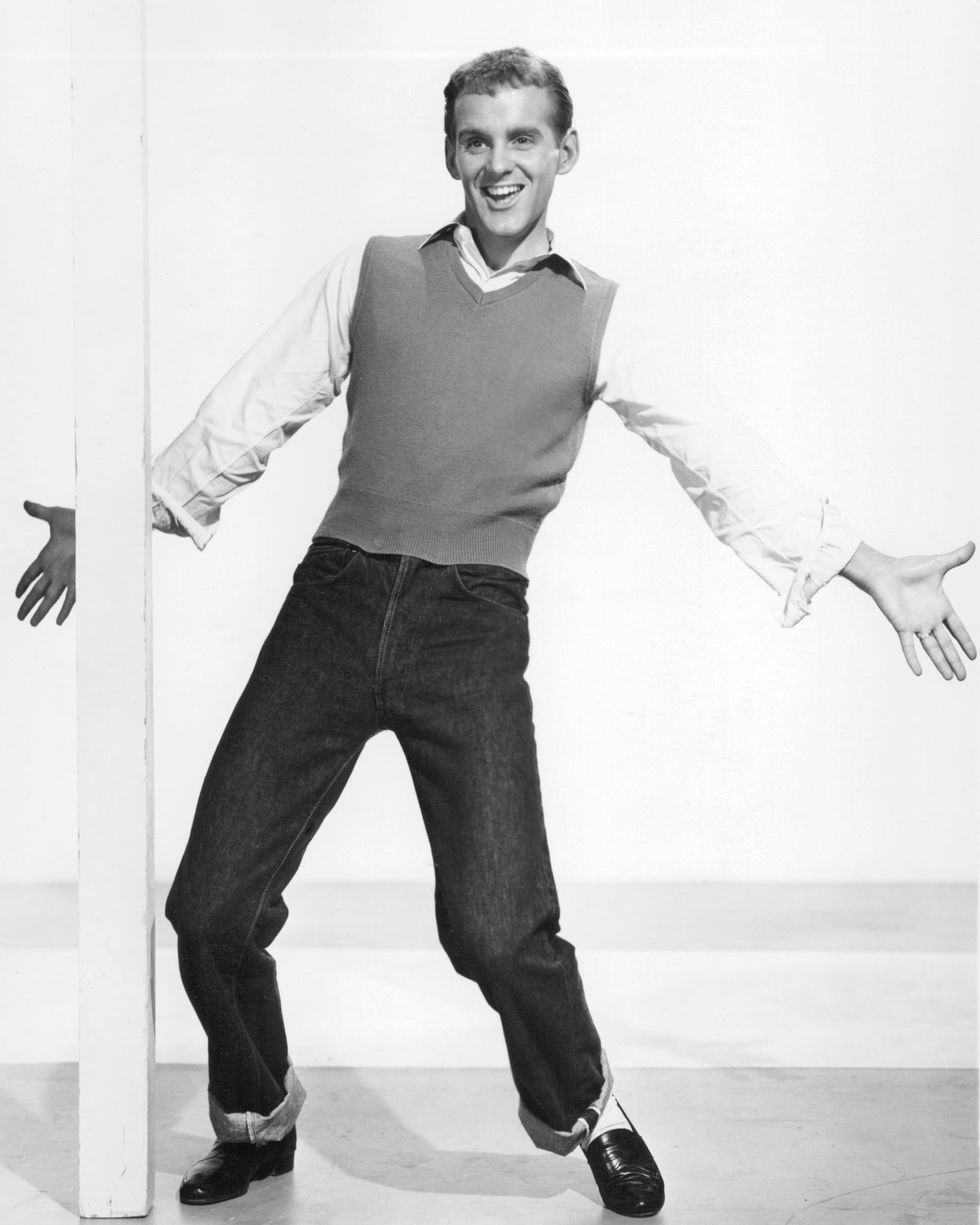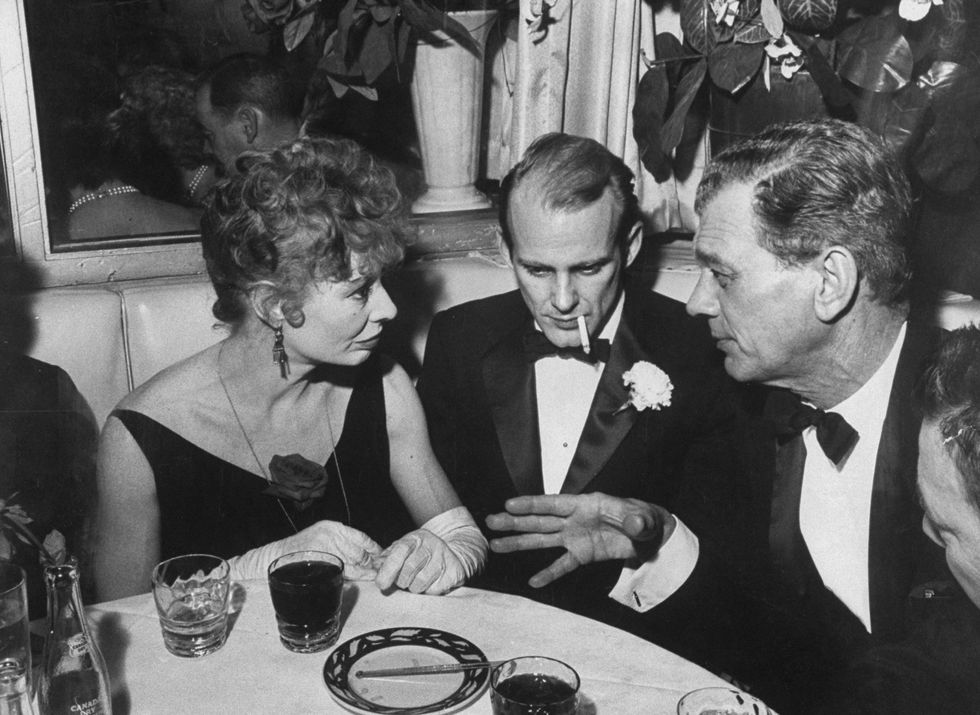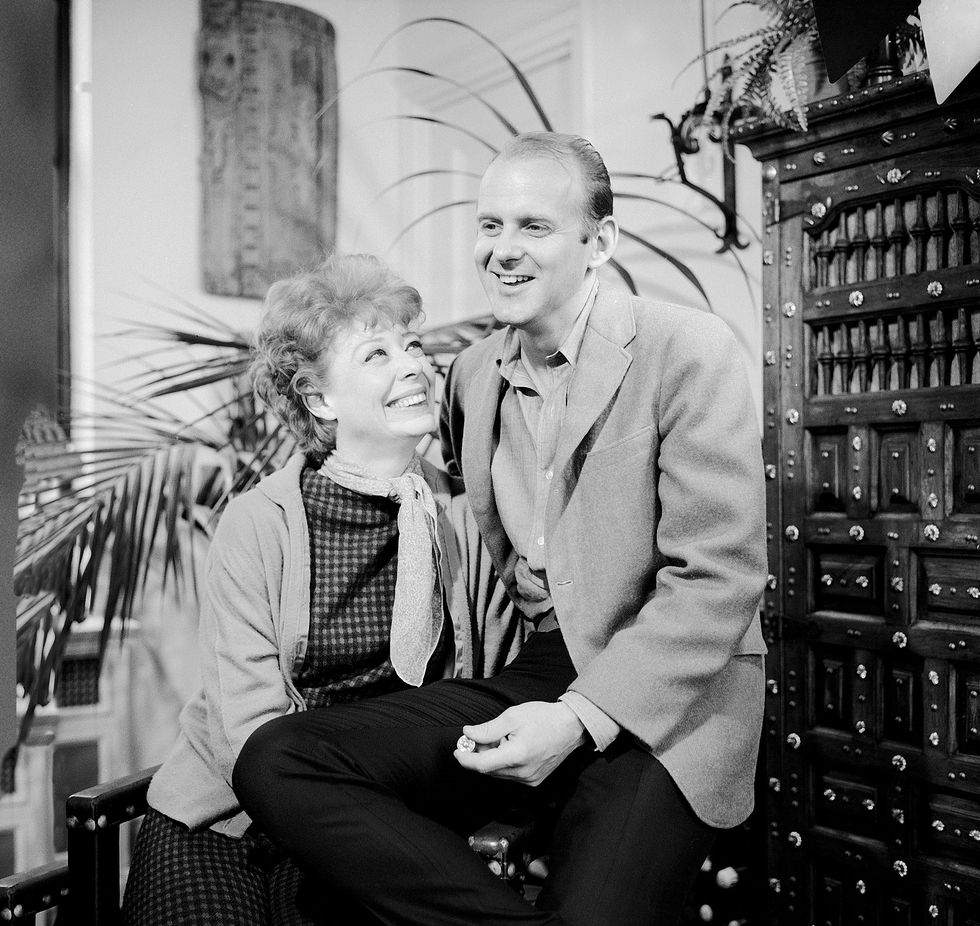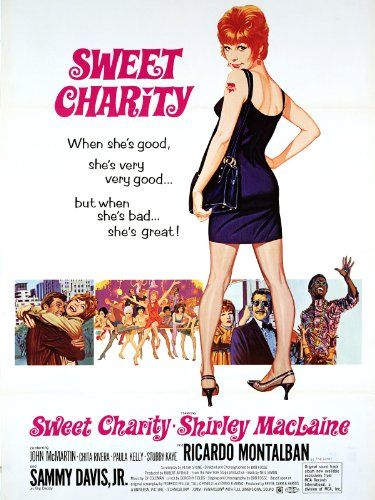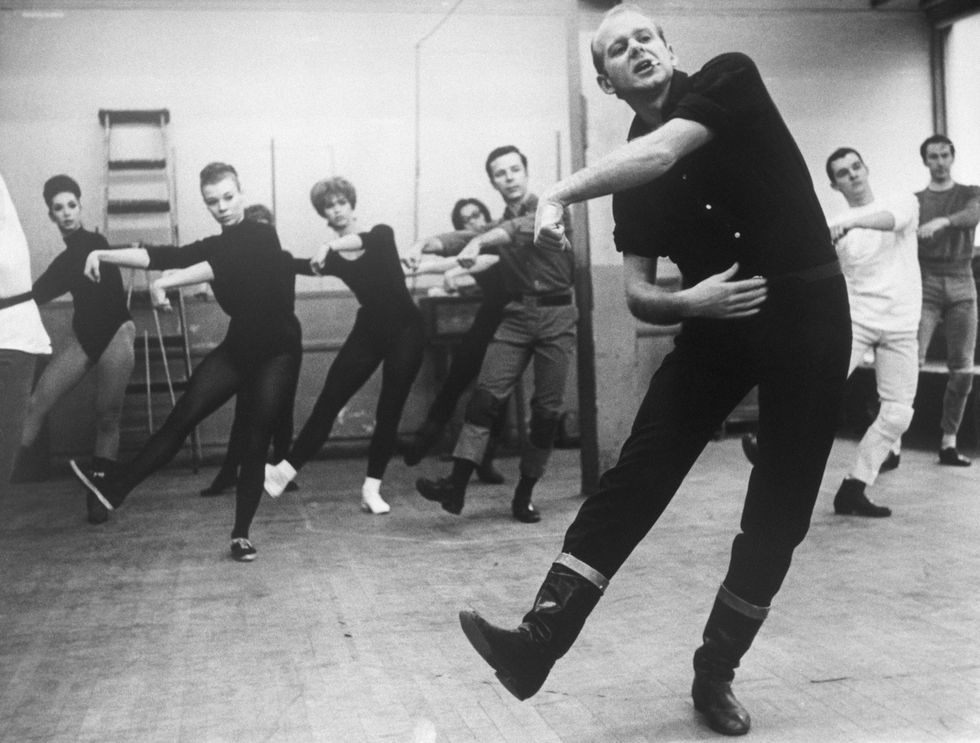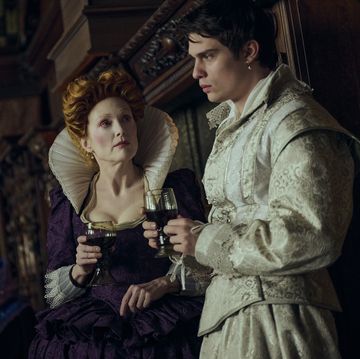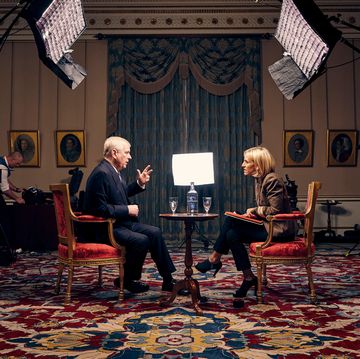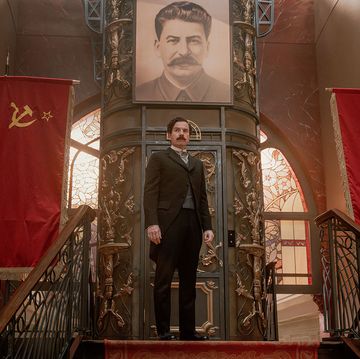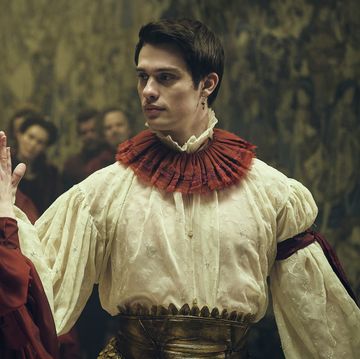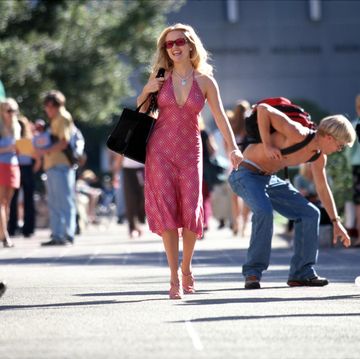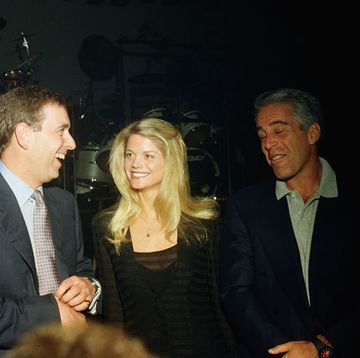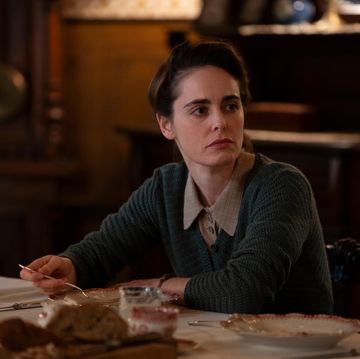Bob Fosse and Gwen Verdon were one of the most famous duos in dance history. With a slew of awards under their collective belt, the legendary pair worked together to originate some of the most famous Broadway shows and films of their era. They were also two highly creative, driven people whose goals and desires sometimes clashed in dramatic fashion.
With such rich material to pull from, it's hardly a surprise that FX's new show Fosse/Verdon has chosen to explore the twists and turns of their personal and professional relationship. But what's the real story of the couple who changed the aesthetic of Broadway forever?
Verdon before Fosse
Gwen Verdon was born in Culver City, California in 1925. The daughter of two British ex-pats—a former modern dancer and an electrician at MGM—Verdon developed rickets as a child, forcing her to wear corrective boots and braces to straighten her legs. However, the malady would transform her life in an unexpected way; in order to strengthen her legs, Verdon's mother enrolled her in dance classes at the age of 3, and by 6 she was already performing publicly, billed as "the fastest little tapper in the world."
While she saw success in her teen years, Verdon set her career aside when at 17 she eloped with The Hollywood Reporter writer James Henaghan. The relationship wasn't built to last and by 22, Verdon was divorced, with a young son, who was being raised by her parents. She returned to work as an assistant to choreographer Jack Cole, giving dance instruction to starlets like Lana Turner, Rita Hayworth, and Marilyn Monroe.
In New York, she found her road to success; it was in the city that she landed a secondary role in Cole Porter's Broadway musical Can-Can in 1953, for which she would win the first of her six Tonys.
Fosse before Verdon
Like Verdon, Fosse got his start in the dance world early. Born in Chicago, in 1927, Robert Louis "Bob" Fosse was dancing professionally by the age of 13. Though he enlisted in the Navy when he graduated high school in 1945, the war ended while he was still in basic training and he served out the remaining two years of his service uneventfully.
After his discharge, he settled in New York, studying acting at the American Theatre Wing where he met his first wife, fellow dancer Mary Ann Niles. Together, the duo found some success, garnering the attention of star Jerry Lewis, who gave Fosse a break on the Hollywood scene.
A notorious philanderer, Fosse's marriage to Niles ended in divorce in 1951. By the next year he had met and married Broadway performer Joan McCracken who became famous for her combination of physical comedy and dancing. It was McCracken who encouraged Fosse to focus on his work as a choreographer, and Fosse considered her one of the most important influences on his work for the rest of his life.
With her encouragement, Fosse turned his eye back to the stage, choreographing the 1954 hit show The Pajama Game and earning the first of his eight Best Choreography Tony awards. However, their marriage and McCracken's health were both in decline. In 1955, the year that Fosse would choreograph for Gwen Verdon for the first time, McCraken suffered a heart attack, likely a side effect of her diabetes.
They met through Broadway.
Considering that Fosse and Verdon would become an iconic powerhouse Broadway couples, it's hardly a surprise that they met in the theater.
Following his success on The Pajama Game, Fosse was offered the opportunity to choreograph for the musical Damn Yankees. Verdon, who was considered a rising star of the Great White Way at the time, was suggested for the leading role of Lola, but Fosse refused the casting until he had a chance to see how they would work together.
“I had a reputation for being difficult… and I was,” Verdon said in a 1991 interview. “I was difficult because I couldn’t stand bad dancing.”
Bad dancing didn't seem to be an issue with Fosse and Verdon, and the duo quickly formed a close working relationship that would garner them both Tony awards for their respective work in the show.
Marriage and family
There was more than just a professional relationship brewing between Fosse and Verdon, and Fosse didn't remain single for long after he and McCracken officially divorced in 1959.
The couple were already living and working together, having originated New Girl in Town (for which Verdon won another Tony) together in 1957, and quickly started the Broadway musical Redhead, with Fosse not only choreographing, but also, thanks to Verdon's stipulations when she accepted the leading role, directing. The show earned six Tonys including best choreography, best acting, and best musical in 1959.
It was a glorious kick off to the public side of their romance, which was cemented when Fosse and Verdon married in 1960. As Fosse worked on yet another Tony-winning choreography job with the Neil Simon show Little Me in 1963, they also welcomed a daughter, Nicole (who now serves as a co-executive producer on Fosse/Verdon.)
Working as a couple
Together, Fosse and Verdon achieved enormous success and renown, but that isn't to say that their relationship was easy.
Though Fosse was acclaimed for his creativity and drive, he was also well-known for his numerous vices including smoking, prescription drug use, and womanizing.
“Bob grew up around strip clubs. Women were his hobby,” Verdon reportedly said. “He’d even cheat on his mistress. Part of him felt guilty, another part was ecstatic.”
There were professional considerations as well. Though Fosse rose to public prominence as a choreographer, Verdon frequently served as a conduit between him and their casts, teaching the dancers their moves. It has been argued that Verdon, in fact, deserved equal credit with Fosse for some of his projects, including ones to which she was not officially attached.
However, things weren't always equitable.
In 1966, Fosse and Verdon opened the famed Neil Simon musical Sweet Charity together, with Verdon garnering a Tony nomination for best actress and Fosse for best director. In addition to the nominations, Fosse won the prize for best choreography. The musical would go on to become a film in 1969, but while Fosse would take the opportunity to direct his first film, Verdon did not reprise her leading role. Instead, the part of Charity went to Shirley MacLaine. Verdon worked with Fosse on the film's choreography, but her name remained uncredited.
The challenges of their personal and professional lives slowly led to the disintegration of their marriage and in 1971, the couple officially separated.
Separation
Though they stopped living as man and wife, Fosse and Verdon never legally divorced and remained frequent collaborators and friends.
"The happiest times I ever had with Gwen were when we were working together," Fosse said in an interview in 1971, the same year the couple parted romantically. "They stimulated all sorts of things."
Verdon traveled with Fosse to Europe to help with the filming of 1972's Cabaret, for which Fosse received a best directing Oscar, beating of Francis Ford Coppola for The Godfather. That award also helped him become the first person to win an Oscar, an Emmy, and a Tony in the same year, for his work on the television special Liza with a Z and the Broadway debut of Pippin.
Fosse also directed and choreographed Verdon in the original production of Chicago in 1975, which would earn Verdon her a Tony nomination for her performance as Roxie Hart, her final Broadway role.
Among other projects, Verdon also helped Fosse with his work on the semi-autobiographical 1979 film All That Jazz. The film features the character Audrey Paris, reportedly based on Verdon, as well as the actresses Jessica Lange, with whom Fosse was rumored to have had an affair, and Ann Reinking, Fosse's real life partner who also plays the director's girlfriend in the film.
After Fosse
In 1987, at the age of 60, Fosse collapsed in Washington D.C. and was later pronounced dead from a heart attack. His passing fell on the night that a revival of Sweet Charity was opening at the National Theater. Fosse was directing the production with Verdon as his assistant director. She was with him when he collapsed.
For the remainder of her life, Verdon dedicated herself to preserving Fosse's memory, working with Reinking to help revive some of Fosse's best-loved works, including Chicago, as well as developing the musical Fosse, a revue of his choreographic work from shows like Sweet Charity, Damn Yankees, and Liza with a Z. The show won the Tony for Best Musical in 1999.
Verdon died in her sleep in 2000 at her daughter's home in upstate New York. She was 75.

Lauren Hubbard is a freelance writer and Town & Country contributor who covers beauty, shopping, entertainment, travel, home decor, wine, and cocktails.
